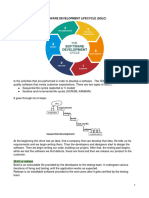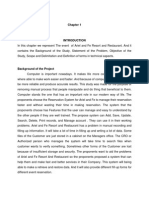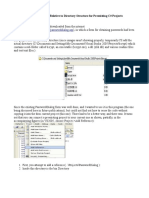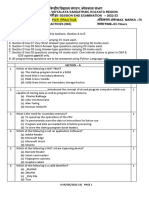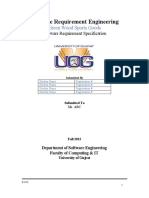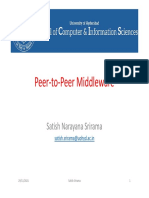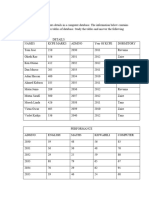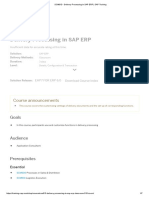0% found this document useful (0 votes)
2 views8 pagesSoftware Testing
The document provides a comprehensive overview of software testing, detailing its importance, lifecycle, levels, techniques, types, planning, execution, defect management, and tools used. It emphasizes the necessity of testing for software quality, customer satisfaction, and compliance with standards. Additionally, it includes live scenarios and best practices to illustrate the application of various testing methods.
Uploaded by
PODILA PRAVALLIKA 0576Copyright
© © All Rights Reserved
We take content rights seriously. If you suspect this is your content, claim it here.
Available Formats
Download as PDF, TXT or read online on Scribd
0% found this document useful (0 votes)
2 views8 pagesSoftware Testing
The document provides a comprehensive overview of software testing, detailing its importance, lifecycle, levels, techniques, types, planning, execution, defect management, and tools used. It emphasizes the necessity of testing for software quality, customer satisfaction, and compliance with standards. Additionally, it includes live scenarios and best practices to illustrate the application of various testing methods.
Uploaded by
PODILA PRAVALLIKA 0576Copyright
© © All Rights Reserved
We take content rights seriously. If you suspect this is your content, claim it here.
Available Formats
Download as PDF, TXT or read online on Scribd
/ 8




